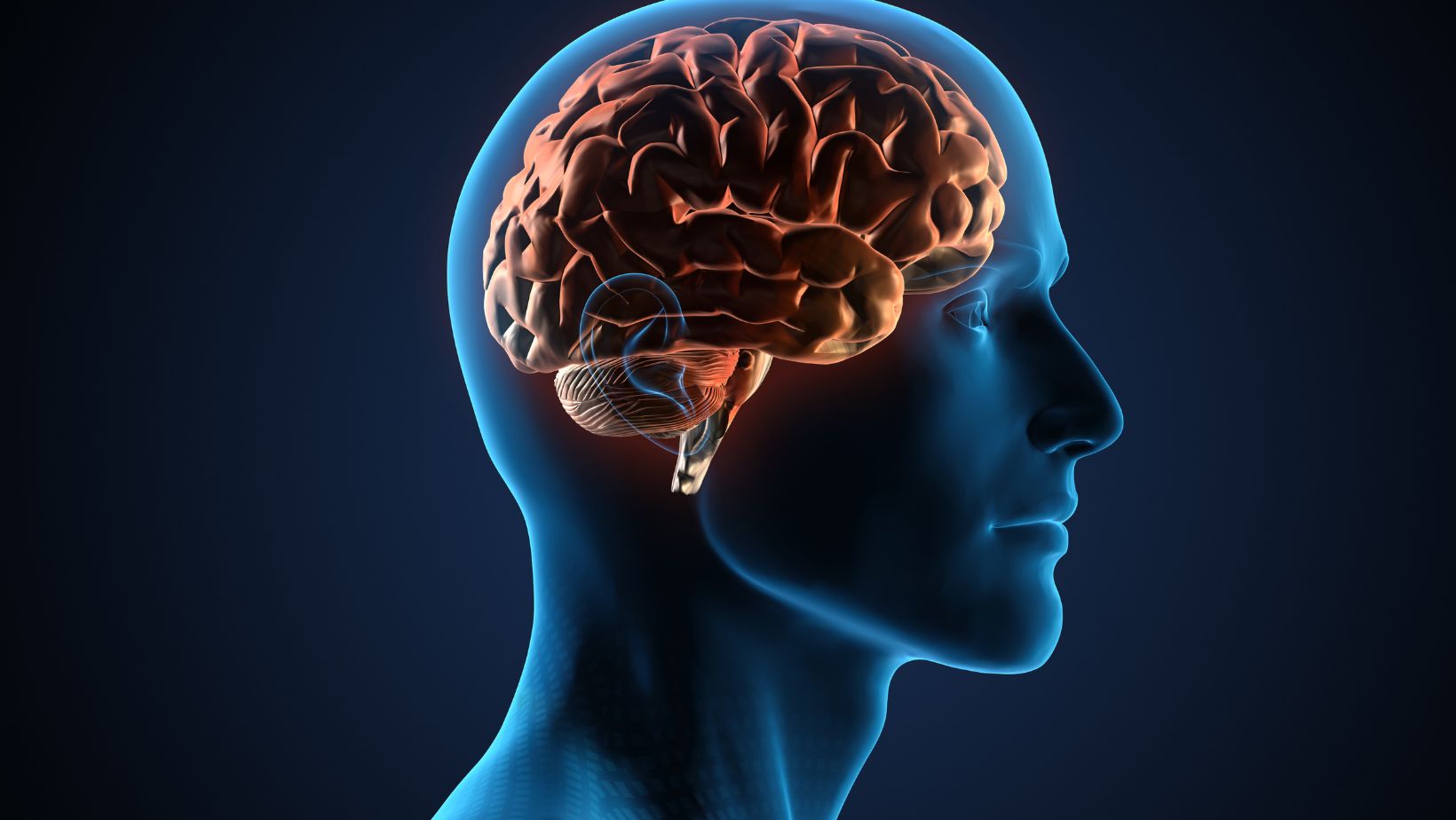Human intuition is often poor at interpreting probability, especially in dynamic or high-stakes environments. Our brains evolved to make quick judgments for survival, not to compute odds in complex systems. This disconnect becomes evident in various modern contexts, such as financial decisions, insurance, and even the way people approach an online casino. While the actual probabilities are governed by precise algorithms, user perception of those probabilities often deviates significantly from reality.
Cognitive biases play a major role in this misjudgment. The gambler’s fallacy, for example, leads individuals to believe that a series of losses increases the likelihood of a future win—even though each event is independent. In an online casino, this bias is subtly reinforced by visual sequences and near-miss outcomes, which make losses feel “close” to wins, thereby encouraging continued play despite unfavorable odds.
Another common bias is the availability heuristic, where people assess risk based on how easily examples come to mind. A single vivid win may overshadow dozens of unremarkable losses in memory, skewing one’s perception of how often a favorable outcome actually occurs. This can lead to overconfidence and risky decision-making not just in gaming, but in many areas of life where chance plays a role.
Interestingly, emotion also affects risk perception. Studies have shown that people in a heightened emotional state—whether due to excitement, stress, or fatigue—are more likely to take irrational risks. The interplay between emotion and probability is a key reason why environments that stimulate strong feelings, such as fast-paced digital platforms, can distort rational judgment.
In evolutionary terms, our ancestors rarely faced choices that required precise probability calculations. Most decisions were binary—safe or dangerous, edible or toxic. Today’s challenges, however, demand far more nuance. For example, choosing a mortgage, investing in stocks, or evaluating public health statistics requires a level of probabilistic thinking that few are naturally equipped to perform accurately.
One solution lies in education and cognitive tools. Visual aids like graphs and simulations can help translate abstract probabilities into more intuitive formats. Likewise, technologies like risk calculators and decision-support apps are beginning to bridge the gap between raw data and human understanding. However, these tools must be designed with clarity and trustworthiness in mind to be truly effective.
Moreover, fostering probabilistic literacy from an early age can improve decision-making across all walks of life. Understanding concepts like expected value, statistical independence, and risk ratios isn’t just academic—it’s practical knowledge that empowers people to make smarter choices. Whether evaluating medical treatments or simply deciding how to spend time and money, a solid grasp of probability leads to better outcomes.
In conclusion, while our brains may not be wired for statistics, awareness of our cognitive limitations allows us to compensate with better tools, education, and critical thinking. Recognizing when emotions and biases cloud our judgment is the first step toward becoming more informed and resilient decision-makers in a world full of uncertainty.




